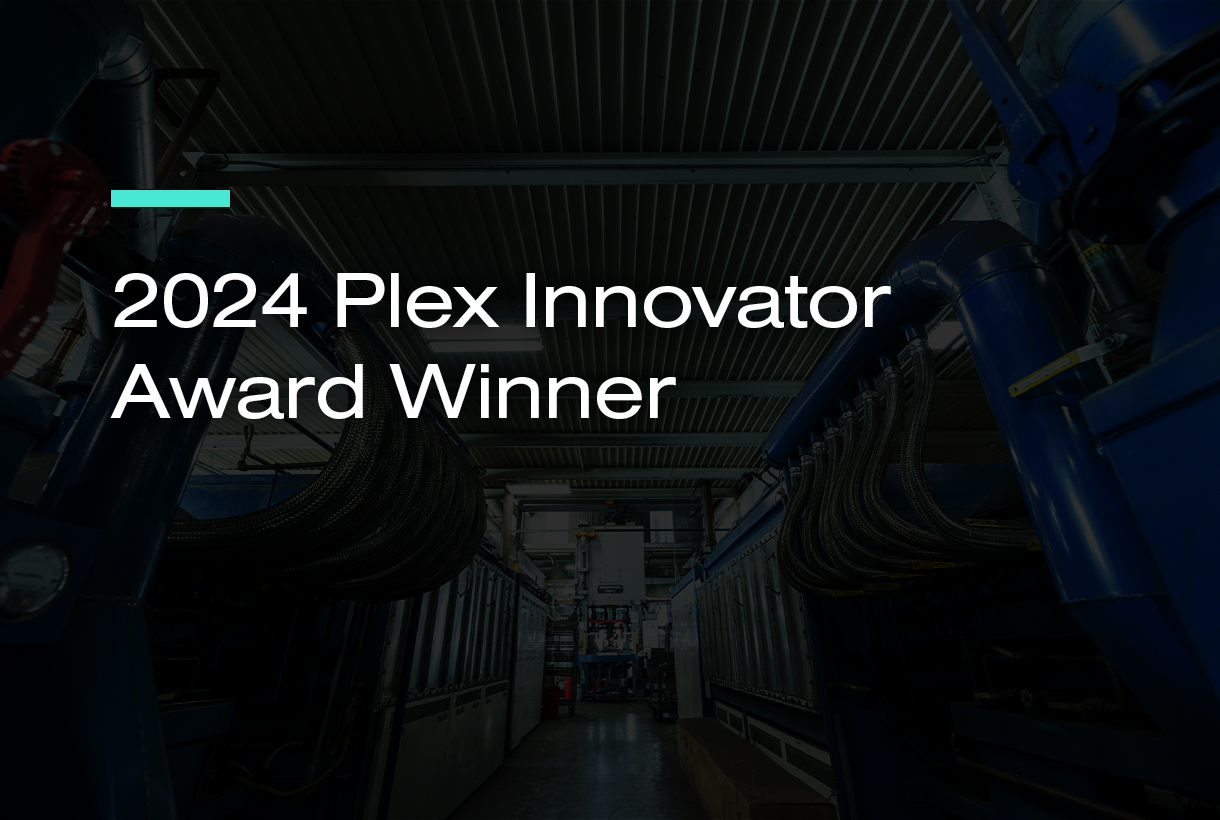

Now Available!
Get your copy of the 7th Annual State of Smart Manufacturing and hear from 300+ manufacturers in this new survey report!
Subscribe to Our Blog
For a monthly digest of expert insights, data points, and tips like the ones in this article.
LiveWorx: Augmented Reality, IIoT, and the Future of Manufacturing
Industrial Internet of Things (IIoT)
If you’re wondering whether augmented reality (AR) is on the horizon for manufacturing, you can stop. It’s here, and it will change the way manufacturers use technology to benefit their businesses.
By bringing together the digital and physical, AR has the power to dramatically change many manufacturing business processes such as training and asset management. It will also be an enabler for the digital transformation that so many manufacturers will undergo by giving humans a tool to not only see the digital data, but to place it directly into the physical context where it is needed for understanding.
That vision may not be fully realized today, but it was the headline at the recent
PTC LiveWorx 2018 conference in Boston, Massachusetts. According to the PTC product lead for AR, Michael Campell, humans are becoming empowered by digital transformation and should be ready for change at a blistering pace.
Here are some other highlights from LiveWorx, which included presentations from Plex leaders:
AR is front and center. A keynote from the “father of HoloLens,” Alex Kipman, discussed how HoloLens and the growing cadre of AR devices has given humans the ability to consume the intersection of digital and physical data to bring new value to manufacturing, and the world. Before AR, the way people consumed physical and digital content was mainly experiencing the physical but viewing the digital on a device. Our brains had to interpret how the two would come together, but now we can experience them at the same time without the need for interpretation.
Another speaker, Robert Schmid, Chief IoT Technologist (aka “Mr. IoT”) for Deloitte Digital, presented a full-size AR model production line on the mainstage with simulated IoT sensors in the model allowing him to interact with the virtual controls to demonstrate real-time responses that improve OEE. Interestingly, manufacturers who are using AR reported a 30-50% productivity gain, with one aerospace manufacturer sharing they cut training time for assembling a complex battery by half and even reducing overall repeatable cycle time by 50%. He shared Microsoft’s strategy to continue driving performance up, cost down, and to improve the ergonomics for greater comfort in industrial environments.
The Industrial Internet of Things (IIoT) is coming of age. Our very own Mike Hart, Director of Product Management at Plex, suggested to attendees that instead of looking at IIoT simply as a technology strategy, manufacturers should be figuring out how to leverage IIoT to solve business problems. The many process models presented focused on value to the business in commercially meaningful ways such as productivity or risk aversion. IIoT projects also need to be transferrable to other areas of the business and have measurable returns on investment. Many maturity models or implementation architecture best practices were shared, which indicates that industry is moving forward.
The digitization of manufacturing is no longer a far-off point on the horizon. Leaders are there now, moving AR and IIoT toward mature, value-based use cases that impact the nature of how things are made and how manufacturing businesses are run. But none of this is possible without taking the necessary steps to become a more digital company.
For more on what this means to your business, download "The Definitive Guide to Connected Manufacturing".

